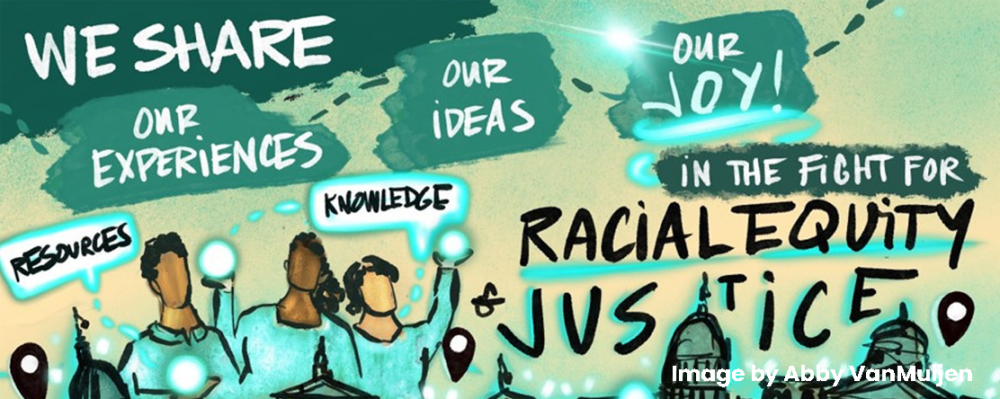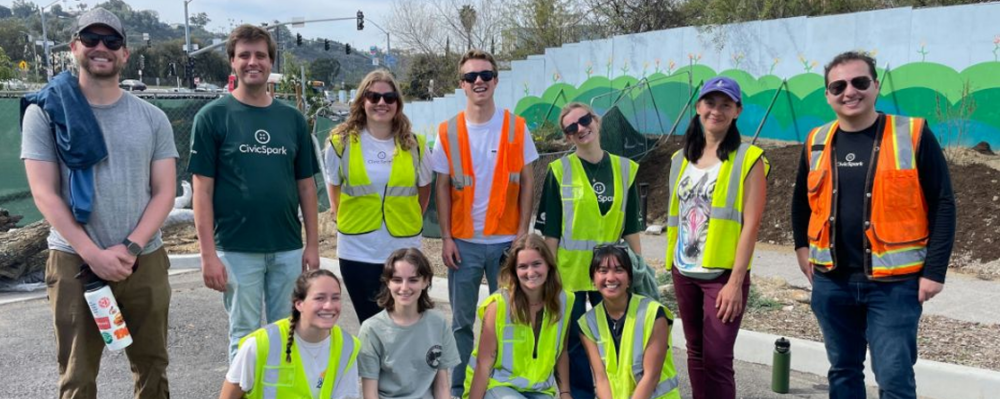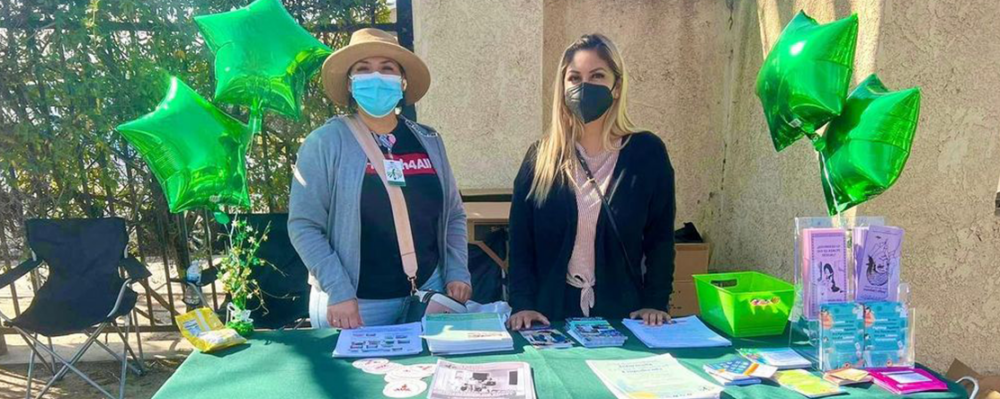
In the News
New Study: Some Pot Smokers Face a Higher Risk of Drinking Problems
-
Focus Areas
Alcohol, Tobacco, Drugs & Mental Health -
Issues
Alcohol, Population Health -
Expertise
Research – Surveillance -
Programs
Alcohol Research Group
People who use alcohol and marijuana together may be at greater risk for alcohol-related problems, such as drunken driving and poorer health, than those who use only alcohol, a new study from PHI’s Alcohol Research Group finds.
In the study, researchers analyzed information from people in Washington state who were asked about their use of alcohol and marijuana over the past year, and whether they had ever experienced problems from their drinking. The survey took place from 2014 to 2015; recreational marijuana use was legalized in Washington in 2012.
Those who used both drugs simultaneously reported drinking more frequently, and consuming higher amounts of alcohol, than those who said they used both substances separately, as well as those who used only alcohol, the researchers said.
Biostatistician Meenakshi Subbaraman from PHI’s Alcohol Research Group says the findings suggest that in order to minimize harms from alcohol “people who use both [marijuana and alcohol] should probably use them separately.”
Originally published by The Huffington Post
More Updates
Work With Us
You change the world. We do the rest. Explore fiscal sponsorship at PHI.
Support Us
Together, we can accelerate our response to public health’s most critical issues.
Find Employment
Begin your career at the Public Health Institute.



